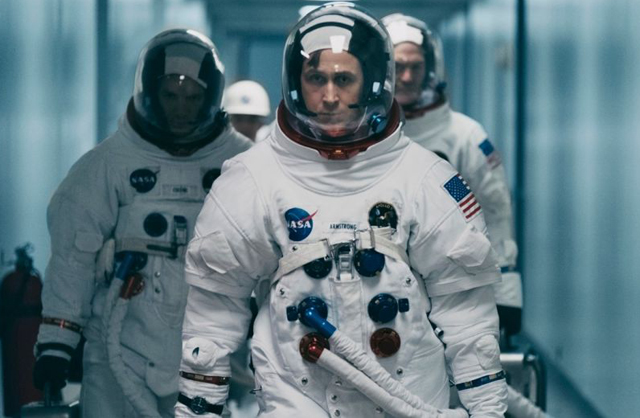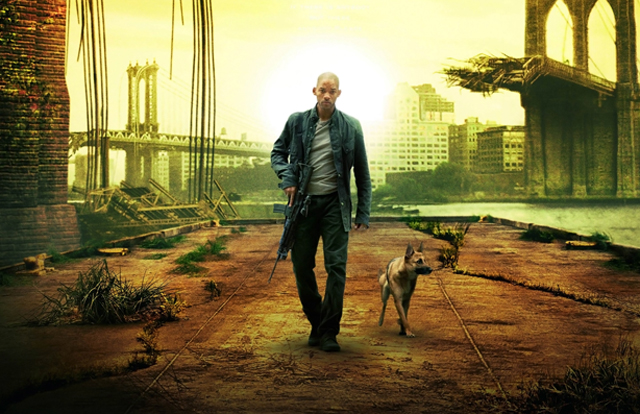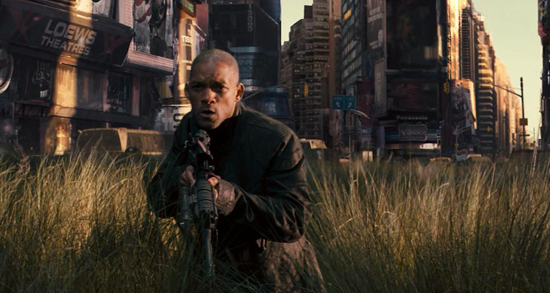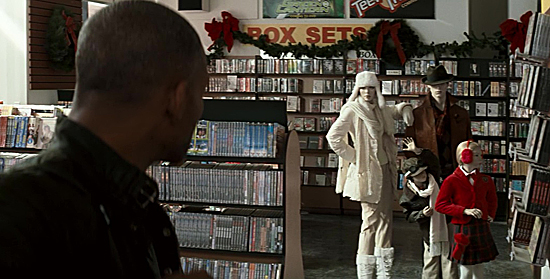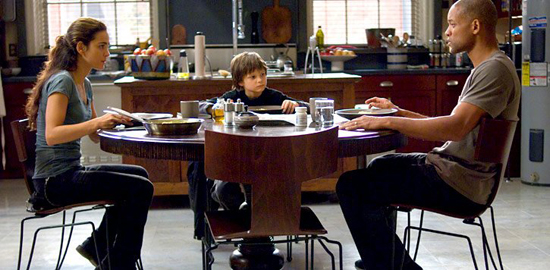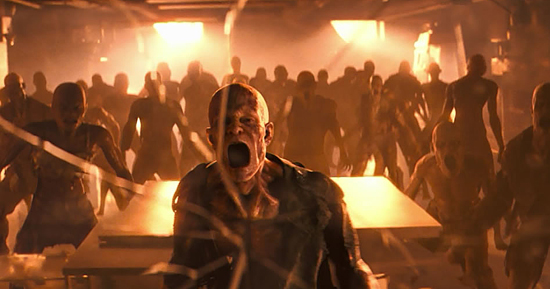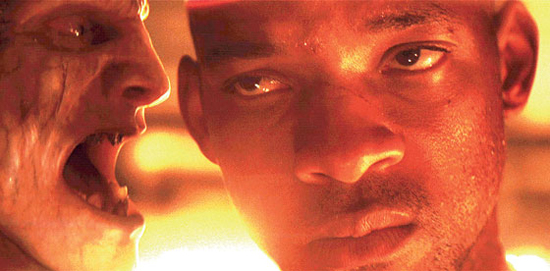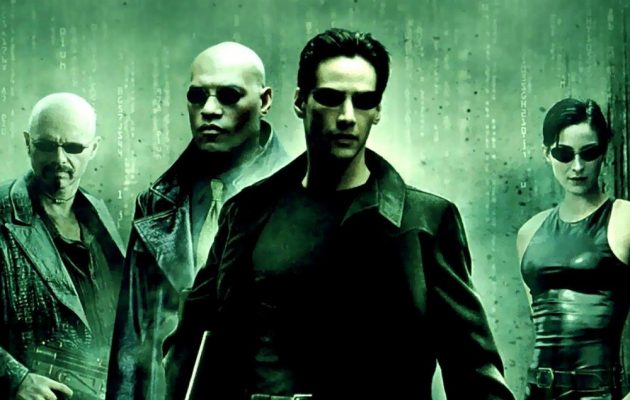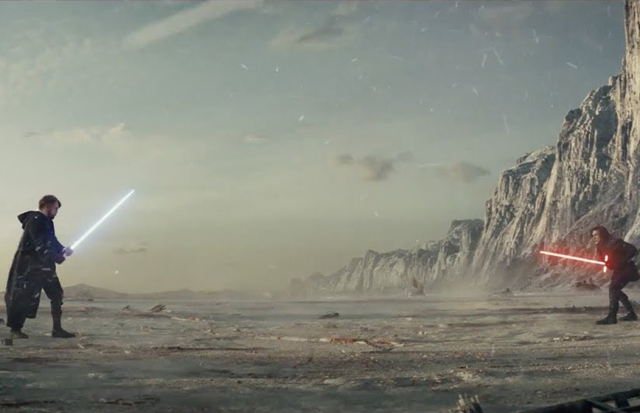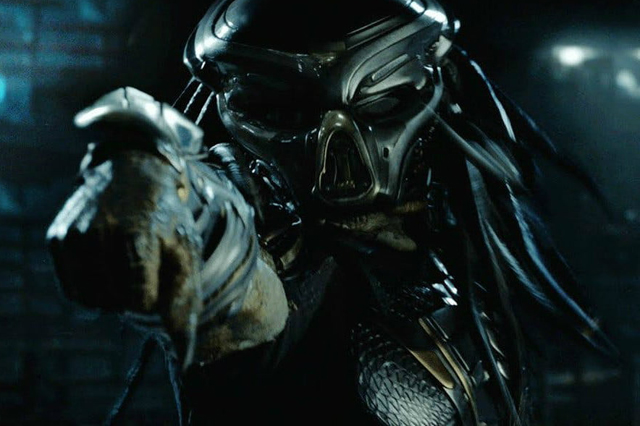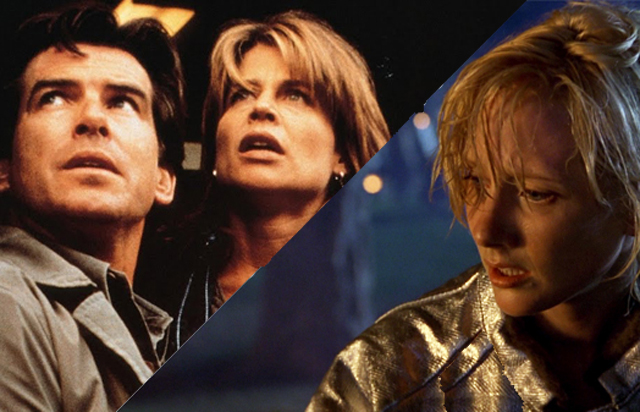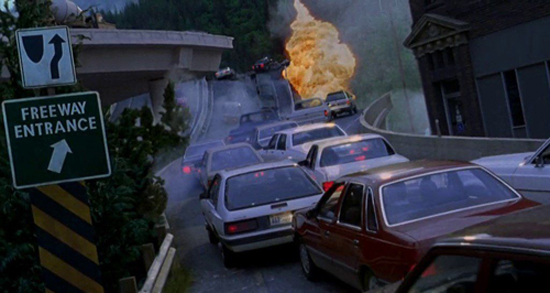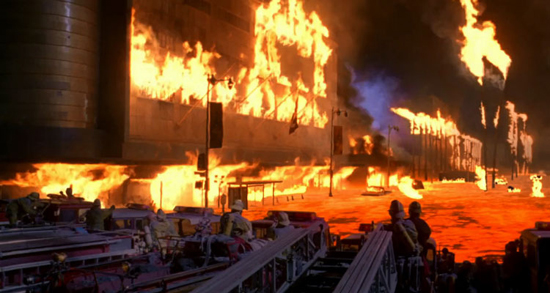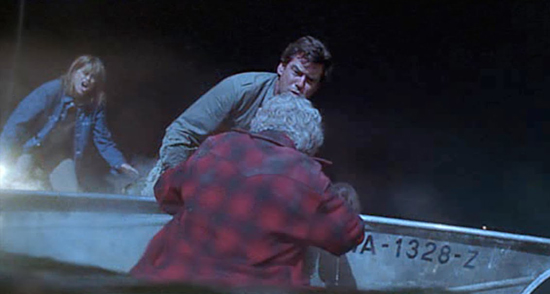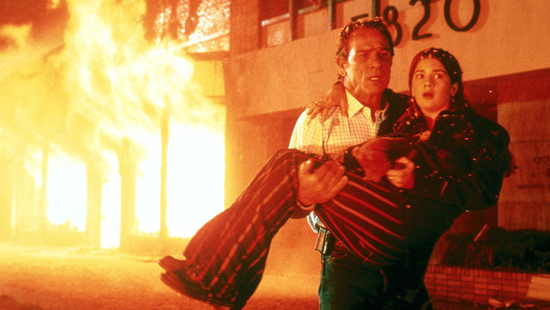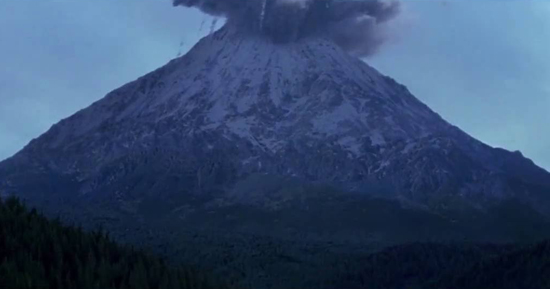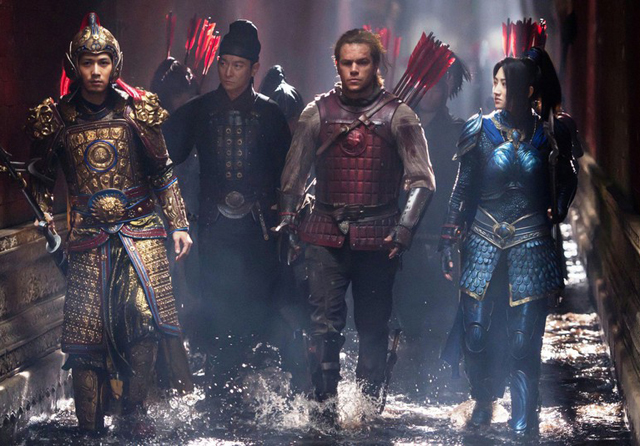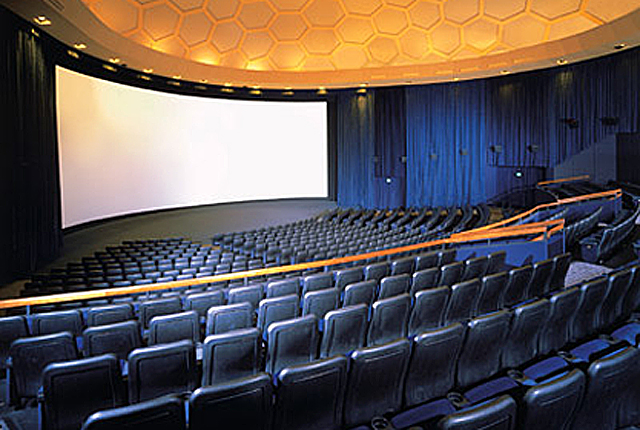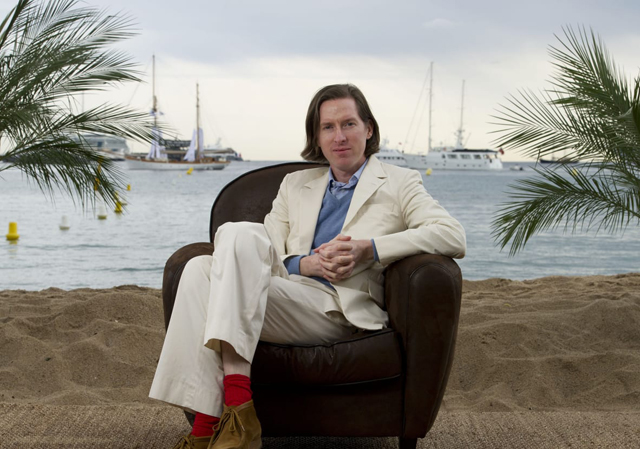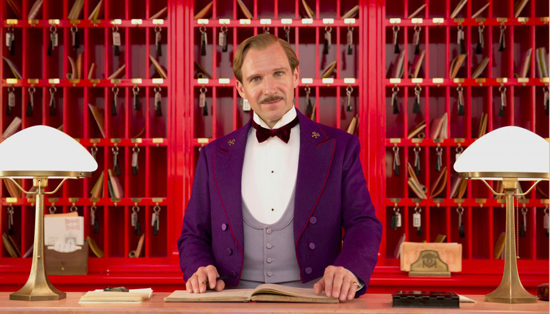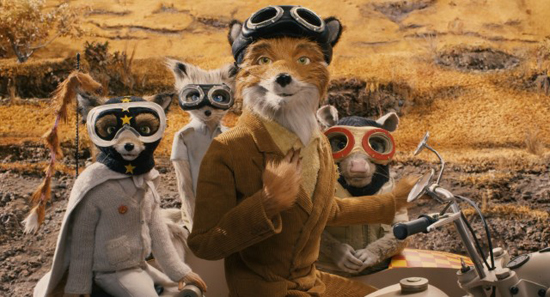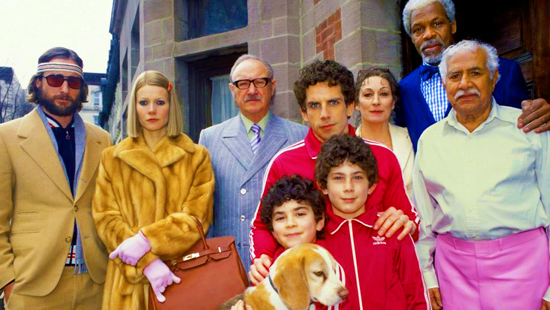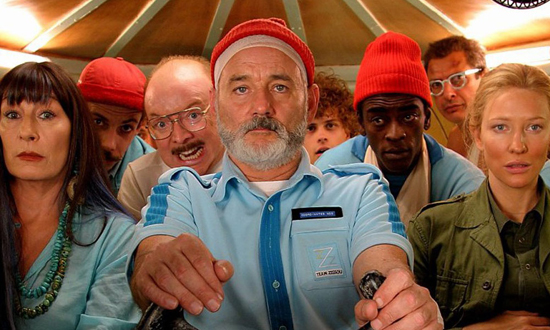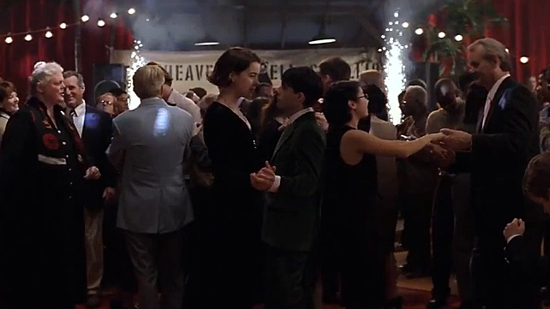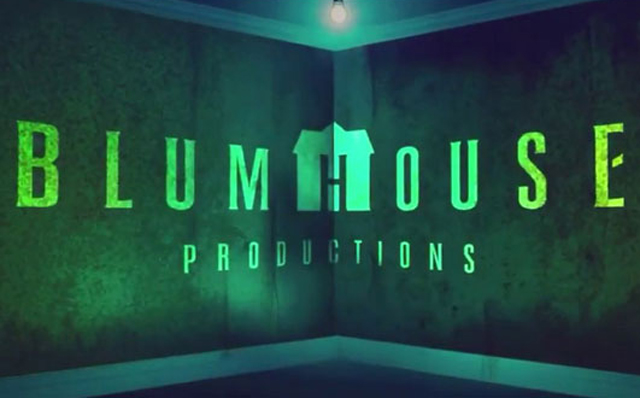
It’s hard to think of it now, but there was a time when it looked like the Horror film genre had lost any and all credibility in Hollywood. For much of the late 90’s and through the 2000’s, the horror genre was plagued by a number of mediocre films that were neither scary nor entertaining. More telling, the complete disdain that the industry had for horror films could be seen in the way that the studios were simply just making films for a target audience, namely young adults 18-25, and no one else. This led to the dreaded notion of PG-13 rated horror movies, that were far more reliant on jump scares rather than actual violence and gore. And this wasn’t always the case with Hollywood horror. There had been decades of noteworthy horror flicks that had left a major impact on the industry. Starting from the Universal monster movies of the 30’s, all the way through B-movie horror of the 50’s and 60’s like George A. Romero’s Night of the Living Dead (1968), to the slasher movies of the 70’s and 80’s like John Carpenter’s Halloween (1978) and Friday the 13th (1980). The genre even became so admired in Hollywood that it won the coveted Best Picture Oscar with Jonathan Demme’s The Silence of the Lambs (1991). But, like most other genres, Horror saw a decline when studios tried to interfere too much in the direction of where the genre was headed. Soon it became less important creating memorable monsters and spooky atmosphere and more about hitting those cheap scares, or trying to one up themselves in the over the top gore. Mostly, the horror films of the 2000’s fell flat because they pretty much all look and felt the same. Sure there were exceptions like The Blair Witch Project (1999), The Ring (2001), and Saw (2004), but even those were undermined by lackluster, play-it-safe sequels. Towards the end of the decade, the consensus was that horror was just not as effective at being scary like it used to be. But, that would change once someone came along and changed the industry standard.
In walks Jason Blum, and his newly formed production outlet, Blumhouse. Blum, probably without intention, has become the most valuable name in the Horror genre today, and has brought back a bit of prestige to this long neglected genre. Though there are a lot of factors that have led to Blumhouse’s success, none is more key than the business model that the company has set out to identify itself with. The Blumhouse model simply involves producing films on a controlled small budget with complete creative freedom for the directors and releasing them wide through the studio system. By doing this, Blumhouse is able to have an output that is artistically unique without carrying a whole lot of financial risks, making them easier to sell to the major studios as well as to theaters across the country. Because of this, the cost to profit margin has been extremely beneficial to the production company, with each film grossing significantly more than what they cost to make. And with the huge profit margin, they have been able to build a great deal of personal capital which has allowed them to grow their business and increase their output. Today, Blumhouse is not only putting out quality horror films, but are venturing into genres of all kinds; comedy, romance, family, even Christian drama. They even recently announced a joint production with Dreamworks Animation (tentatively titled Spooky Jack) which will be their first venture into cartoons. They also have also delivered several documentaries and TV movies, mostly for HBO so far, which has shown that they are not just a one trick pony within the film industry. Even with all the continued success, the stated business model still drives the output of the company. They don’t spend more than they need to, and they are keenly interested in discovering new talent and giving them the tools they need to make a mark in Hollywood. That’s the key to making a difference in Hollywood; showing a commitment to a working strategy.
It wasn’t an overnight change for Blumhouse and the industry as a whole, however. Blumhouse was launched in the year 2000, but it didn’t see it’s first theatrical release for 6 years. It wasn’t even the intention of the company to take a look at horror, but that changed when a little project named Paranormal Activity (2009) dropped into their lap. The found footage style film was not a novelty at the time, since Blair Witch pioneered the technique nearly a decade earlier, but under the guidance of the Blumhouse model, this little haunted house flick would prove to have a significant impact on the industry. The movie cost a paltry $15,000 to make, utilizing unknown at the time talent, a single location, and cheap digital cameras. The movie’s stripped down, cheap look actually proved to be it’s biggest blessing because it made the movie stick out greatly among all the other “polished” horror movies. The jump scares didn’t feel cheap because they appeared more natural through the limitations of the presentation, and the lack of CGI manipulation helped to give it that ever crucial element of authenticity. In the end, Paranormal Activity actually became even more monumental than Blair Witch, because it cost less and made even more, which only emboldened it’s creators to trust their instincts going forward. Hollywood soon took notice once they saw how much return Blumhouse got on it’s investment. Naturally, the sequels followed, but the quality of the finished films didn’t matter as the business model continued to ensure positive dividends on their side. They were certainly continuing to figure things out from a creative standpoint, but ensuring that they weren’t making any rising financial decisions early on really helped to set up the foundation that would carry them forward over the next decade.
Since Paranormal Activity, the continued focus of Blumhouse has been less on building their capital, which has been steadily flowing for them for years, but instead to procure and propel top tier talent to and from their company. Their goal has been to convince the industry that they are an artist friendly outfit, and that directors, actors and producers will have more creative freedom under their tent than they would anywhere else. This became especially beneficial for the horror genre as one of the first directors to make the jump over to Blumhouse was James Wan, the creator of the Saw franchise. After leaving his series behind, Wan was ready to explore a different side of the genre with the more subdued and eerier project, Insidious (2010). Insidious was a very antithetical style horror film compared to everything else at the time, because it was a quiet, low key film which used silence and atmosphere as more effective ways to build tension and chills for it’s audience. It was also a movie that calls for a lot of patience on the viewers part, which is a risk, but one that pays off well if it works. Thankfully it did, and James Wan was able to carve out a new trend in the horror genre that he otherwise wouldn’t have had if he shopped his idea anywhere other than to Blumhouse. Since then, other directors have sought out Blumhouse as the place to get their unique ideas off the ground. You wouldn’t have had horror flicks with a noir sensibility like Sinister (2012) nor another with political commentary like The Purge series had Blumhouse not embraced new concepts through their model. The most interesting aspect of their artist friendly ideal is that they’ve attracted filmmakers who feel they have been compromised too much elsewhere. You can say that Blumhouse has single-handedly resurrected the career of M. Night Shaymalan, with his recent hits like The Visit (2015) and Split (2017), and that’s only because it seems like he’s finally getting back to the movies that he wants to make again, with their support. The financial model has helped Blumhouse to build significant capital, but in attracting the talent they have, they’ve ensured a treasured reputation amongst filmmakers that will greatly help them in years ahead.
Perhaps the thing that is especially noteworthy about Blumhouse’s intent on attracting new artists into their fold is that it’s also opened the door for voices within the horror genre that we’ve never been able to see before. This was very evident with the production of comedian Jordan Peele’s directorial debut, Get Out (2017). Not only did the movie manage to become a hit with horror fans, but critics and industry insiders took notice as well, mainly because of the film’s content. Unlike most other horror films, this was a movie that tackled it’s subject with a clear intention to provoke discussion and take very clear shots; in this case, with the very touchy issue of race relations in America. Peele used the horror genre as a clever mirror held up to society, and framed the tropes of the genre in a way to make the cutting commentary even more insightful. More than anything else, this opened up a very crucial door for the genre as a whole because it introduced a distinctly African American voice into a genre that has largely ignored it. It’s surprising that it has taken this long for a horror movie from a black perspective to have been made, or at the very least become mainstream. African-American audiences are some of the most reliable consumers of the horror genre, so it seems like a no-brainer that there should be one made that speaks with their own voice, tackling issues important to their community. Hollywood took notice of this breakthrough and honored the movie with several Oscar nominations, including a Best Picture nod. Peele won the Oscar for his original screenplay, a first for a black writer, and for the first time since Silence of the Lambs, horror had been recognized by the industry as prestige entertainment. The most positive aspect of Get Out’s success is that it has convinced places like Blumhouse to look into other disenfranchised communities to find new voices to add to their every diversifying body of work. Blumhouse, maybe unintentionally, might have broken the glass ceiling that has kept the horror genre a predominantly white, male centric world and shown that it can indeed be a genre that can carry a million voices within it.
But, when your business model involves taking creative risks rather than financial risks, an open production company like Blumhouse still needs to be moved in the right direction before it can fully make a significant change happen. Jason Blum recently put himself into hot water recently with a not very well thought out statement that he would like to “make a female centric horror movie,” but there just aren’t enough women directors in horror right now to make that happen. This rightfully sparked outrage from female critics and horror movie aficionados alike, who felt that Blum showed a very narrow-minded outlook on the relationship between women and the genre at large. He’s not opposed to the idea of more female-centric horror movies, but his words showed how little effort he’s put into changing that situation. First of all, he clearly hasn’t been looking hard enough, as there are plenty of aspiring and budding female filmmakers who are huge fans of the horror genre. Secondly, you don’t have to look just for women who work exclusively in the horror genre; there are filmmakers out there who would gladly make the jump into horror if it allowed them to bring their own unique voice into the genre. Apparently, Jason Blum did make the attempt to court director Jennifer Kent, who made the cult horror hit The Babadook (2014), over to Blumhouse, but she refused and this seemed to convince him that women directors were just not interested to a great extent in horror. He thankfully went back on his statement and reassured that he’ll try harder to bring a female voice into Blumhouse’s future output. But this is something that’s indicative of an overall problem with the genre, which has sadly objectified women throughout the course of it’s history. Women are not opposed to horror as a genre, but they have clearly lacked control over their own representation in the genre and it’s more important than ever that they be given that opportunity. With the kind of clout that Blumhouse has right now, they can make that change happen, but they also need to realize that they need to look harder than they already do.
Despite their recent hiccups, the overall direction that Blumhouse has moved Hollywood in is a positive one. Not only have they opened the door for more diversity in the creative talent behind their movies, but the industry is taking strong notice of their successful financial model. More and more film companies are seeing that more modest budgets for movies with unique character is the best way to generate profit in the long run. Also, allowing artists creative freedom helps to manage the high costs of the movies because actors and directors are more likely to take a smaller salary if they are allowed to do whatever they want instead of asking for 7 or 8 figure paydays for movies that they know full well are going to be garbage and are just using their name recognition to boost box office numbers. Blumhouse has already made a name for themselves as a likely place for actors who want to make their first directorial effort, like the already mentioned Jordan Peele as well as Joel Edgerton with his horror thriller The Gift (2015). Their model has already clearly had an influence on their nearest competing rival, the Michael Bay created Platinum Dunes production company. Platinum Dunes spent much of it’s early years following the already uninspired horror film formula of the mid-2000’s, largely being responsible for critically panned remakes of horror classics like The Texas Chainsaw Massacre (2003), Amityville Horror (2005), Friday the 13th (2009) and A Nightmare on Elm Street (2010). But, thanks to the Blumhouse influence, who they co-produced The Purge (2013) with, they have changed their focus to reflect the new direction that horror has been moving towards. Their recent hit, A Quiet Place (2018) reflects that, with a modest budgeted production built on atmosphere and crafted as a pet project from an already established star, John Krasinski; written, directed, and starring him and his real life wife, Emily Blunt. Whether or not Krasinski would have made his movie there or somewhere else, it’s clear that Platinum Dunes wouldn’t have taken on the risk had they not seen Blumhouse’s success with like-minded films before. As a result, you can see the way that more and more of the industry is seeing the benefits of Blumhouse’s model as a way of maximizing their output with all the future movies they have in production currently.
So, where does that leave Blumhouse in the future. It’s clear that even though they have certainly become synonymous with the horror genre, they don’t intend on relying just on that alone. They are already venturing out into other genres and while at the same time continuing to leave their mark with horror movies. Their more long term goal is to make their business model the ideal for all Hollywood, especially when it comes to finding new talent. They already have reinvigorated the careers of already established directors, like James Wan and M. Night Shaymalan, and have propelled the likely all star filmmakers of tomorrow too. They are responsible for discovering director Damien Chazelle with his debut film Whiplash (2014) which was one of Blumhouse’s first non-horror theatrical releases and their first Best Picture nominee. Chazelle of course went on to become the youngest Best Director winner in history, so you can see just how well a launching off point Blumhouse can be for fresh new talent. But most horror film fans are grateful to Blumhouse for bringing the genre back to it’s basics. Relying less on visual effects and more on atmosphere, Blumhouse horror seems much more in line with the roots of the genre, which always were more effective when dealing with the constraints of a modest budget. That’s not to say that Blumhouse is making horror feel old-fashioned, but rather using the idea of not spoiling a good idea with too much film-making. They are also revolutionizing the genre with fresh concepts never seen in the genre before like pointed social commentary directly from the minds of oppressed minority groups. It’s also telling just how much trust they’ve earned within the industry when they are being trusted with carrying established genres into the next decade like Halloween and Spawn. Both as a creative factory and as a role model for the industry at large, Blumhouse has managed to accomplish a lot over the last decade and it looks like their success will continue for many years to come. More than anything else, they are beloved by horror fans around the world for helping to bring prestige back into the genre and show that these are films that are much more than scary movies, but worthwhile and provocative entertainment just like with any other genre.
